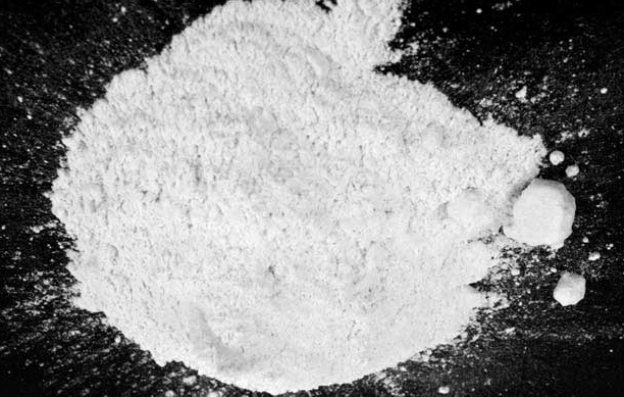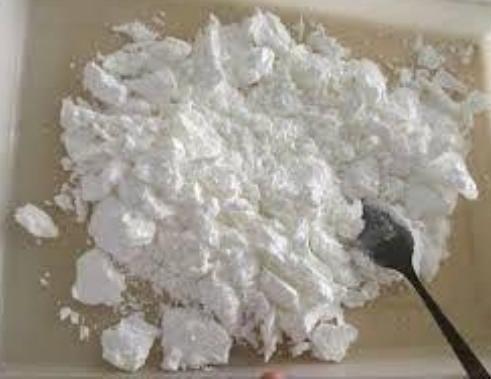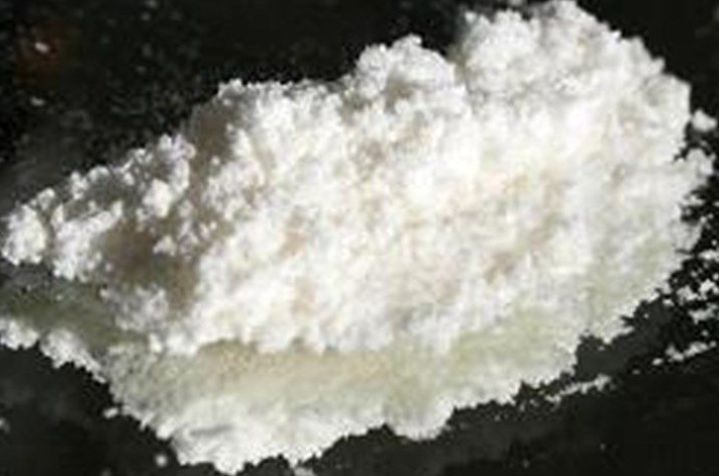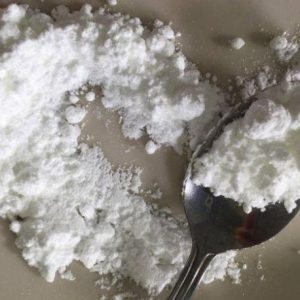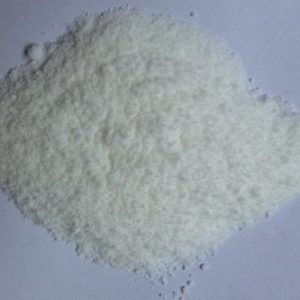BUY MORPHINE POWDER
Price range: $300.00 through $4,200.00
Description
BUY MORPHINE POWDER
BUY MORPHINE POWDER Morphine is a pain medication of the opiate family which is found naturally in a number of plants and animals. It acts directly on the central nervous system (CNS) to decrease the feeling of pain, can be taken for both acute pain and chronic pain, is frequently used for pain from myocardial infarction and during labor. Morphine can be given by mouth, injection into a muscle, under the skin, intravenously, into the space around the spinal cord, or rectally. Maximum effect is reached after about 20 minutes when given intravenously and after 60 minutes when given by mouth, while duration of effect is 37 hours. Long-acting formulations also exist.
The primary source of morphine is isolation from poppy straw of the opium poppy. In 2013, approximately 523 tons of morphine were produced. Approximately 45 tons were used directly for pain, a four-fold increase over the last twenty years. Most use for this purpose was in the developed world. About 70 percent of morphine is used to make other opioids such as hydromorphone, oxymorphone, and heroin. It is a Schedule II drug in the United States, Class A in the United Kingdom, and Schedule I in Canada. It is on the World Health Organizations List of Essential Medicines, the most effective and safe medicines needed in a health system. Morphine is sold under many trade names. In 2016, it was the 158th most prescribed medication in the United States, with more than 3 million prescriptions.
Adverse effects
Constipation
Like loperamide and other opioids, morphine acts on the myenteric plexus in the intestinal tract, reducing gut motility, causing constipation. The gastrointestinal effects of morphine are mediated primarily by ?-opioid receptors in the bowel. By inhibiting gastric emptying and reducing propulsive peristalsis of the intestine, morphine decreases the rate of intestinal transit. Reduction in gut secretion and increased intestinal fluid absorption also contribute to the constipating effect. Opioids also may act on the gut indirectly through tonic gut spasms after inhibition of nitric oxide generation. This effect was shown in animals when a nitric oxide precursor, L-arginine, reversed morphine-induced changes in gut motility
Effects on human performance
Most reviews conclude that opioids produce minimal impairment of human performance on tests of sensory, motor, or attentional abilities. However, recent studies have been able to show some impairments caused by morphine, which is not surprising, given that morphine is a central nervous system depressant. Morphine has resulted in impaired functioning on critical flicker frequency (a measure of overall CNS arousal) and impaired performance on the Maddox wing test (a measure of the deviation of the visual axes of the eyes). Few studies have investigated the effects of morphine on motor abilities; a high dose of morphine can impair finger tapping and the ability to maintain a low constant level of isometric force (i.e. fine motor control is impaired), though no studies have shown a correlation between morphine and gross motor abilities.
Technical Data
Formula: C17H19NO3.HCl
Purity: ?99% (HPLC)
InChI Key: XCKKIKBIPZJUET-VYKNHSEDSA-N
Pharmacology
Morphine has classically been divided in two classes, where class I (also known as Morphine base) is a brown non-water-soluble powder made of concentrated opium and class II, after a chemical process, becomes a white water soluble powder. (Some custom services around the world also defined brown Heroin as Morphine class III and the white water soluble Heroin as Morphine class IV. As a legally permitted medicine only of the old Morphine class II is in use.
Symptoms of overdose may include the following:
slow, shallow, or irregular breathing
sleepiness
loss of consciousness
limp muscles
cold, clammy skin
small pupils
slow heartbeat
blurred vision
nausea
fainting
Additional information
| WEIGHT | 1 KG, 10 grs, 100 grs, 250 grs, 50 grs, 500 grs |
|---|

